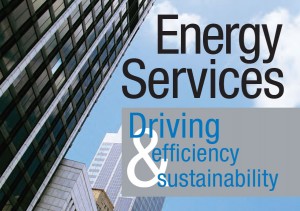Extremely well-suited for cooler climates, a waterside economizer system is a great way to capitalize on natural cooling to reduce or offset your energy consumption during cooler months.
What is a waterside economizer system?
A waterside economizer system helps your HVAC system take advantage of the outdoor air conditions to reduce the building cooling load, or the cooling capacity needed to sufficiently cool the facility. When conditions are right and the wet bulb temperature outside is below 55 degrees Fahrenheit, this system can be enabled to operate in the economizing mode—including bypassing the chillers, utilizing the cooling tower plant to produce cold water, and ultimately reducing the amount of energy needed.
How does a waterside economizer system help you save?
While in economizing mode, less mechanical energy is required to meet the cooling needs of the facility. This type of system can reduce chilled water plant operating costs significantly simply by using outside air conditions to cool the chilled water supply instead of relying on chillers, which use substantial amounts of energy.
Tips, tricks and considerations
A waterside economizer system is best suited for buildings located in areas with a relatively high portion of operational hours with outside wet bulb temperatures below 55 degrees Fahrenheit. This is also ideal for those facilities that require controlled humidity levels and limit the amount of outdoor air being introduced in the interior spaces, including laboratories, hospitals, museums and data centers.
Have a question for our experts? Leave your comment below, check out our Energy Services page or contact our team directly at energy.services@mckenneys.com.





